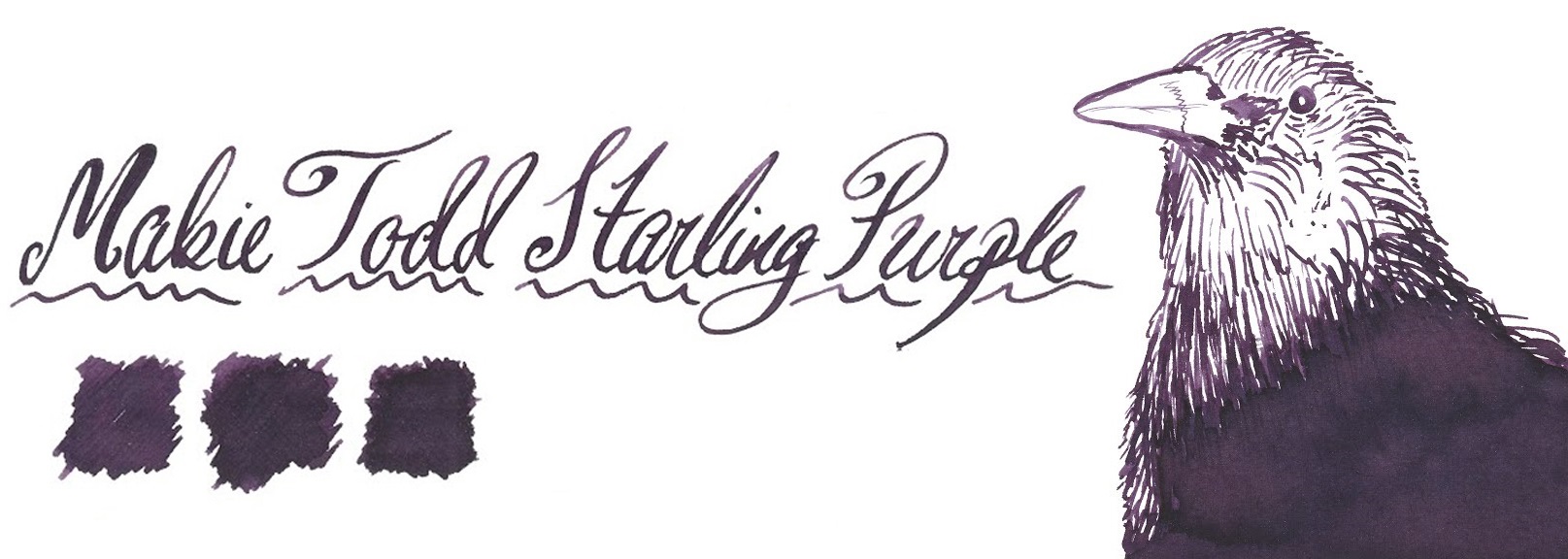A little bit of history You may not have heard of Taccia, but it’s been around as a brand since 2003, and today has a rather diverse range of fountain pens, ballpoints and accessories. I say diverse because as well as exotic but proven finishes like Maki-e and raden, Taccia uses frankly weird materials and construction — ever seen a barrel wrapped in woven leather? A hexagonal metal pen with wooden inlays? Or buffalo horn shaped to look like a stick?

How it looks In this experimental portfolio, the Spectrum ironically stands out because it looks so… normal. Sure, it’s a bright (even garish) blue demonstrator, but it’s pen-shaped, and we can work with that. Our Inkdom reviewers felt the silkscreened Taccia logo on the cap seemed a bit cheap, and weren’t convinced by the design of the silver-coloured clip, but generally speaking there’s little here to complain about. A sign of good things to come is the steel nib — a rather pretty little thing that (spoiler alert) resembles a Sailor nib more than a little, and is paired with a Sailor-design feed, too.

How it feels The Spectrum’s cap takes a good couple of turns to remove, and doing so exposes a block of shiny threads and a section that might be just a little narrower than you hoped. But in the hand it’s got a good weight, and feels solid enough.
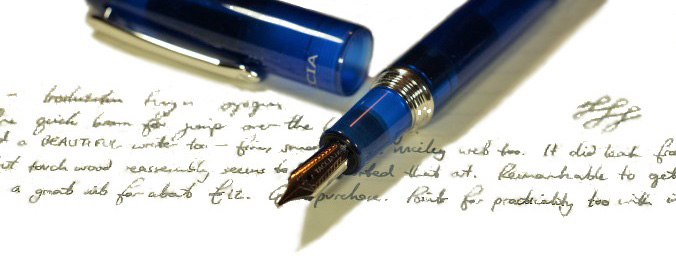 How it fills Our reviewers agreed that the filling mechanism is the Spectrum’s Achilles’ heel. It uses a proprietary Sailor converter, which simultaneously held very little ink and leaked like a sieve. Luckily the worst of the leaks are contained by an o-ring between barrel and section, but one reviewer still ended up with inky fingers.
How it fills Our reviewers agreed that the filling mechanism is the Spectrum’s Achilles’ heel. It uses a proprietary Sailor converter, which simultaneously held very little ink and leaked like a sieve. Luckily the worst of the leaks are contained by an o-ring between barrel and section, but one reviewer still ended up with inky fingers.
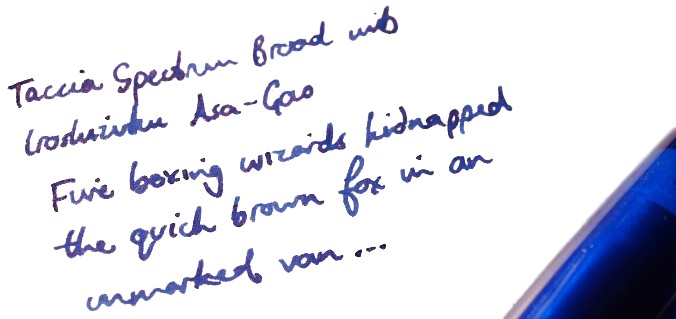
Crucially, how it writes… All three reviewers enjoyed the Spectrum’s broad steel nib on paper, noting the generous flow and smoothness, the ease of reverse writing, and — most distinctively — the similarity to Sailor’s ‘Zoom’ nib. If you’re not familiar with the term, a zoom nib writes a different line depending on the angle between the pen and the paper. Lay the pen down and you get a wide line; stand it up and the line narrows. The nib is really the best bit of the Taccia, and would you want it any other way?
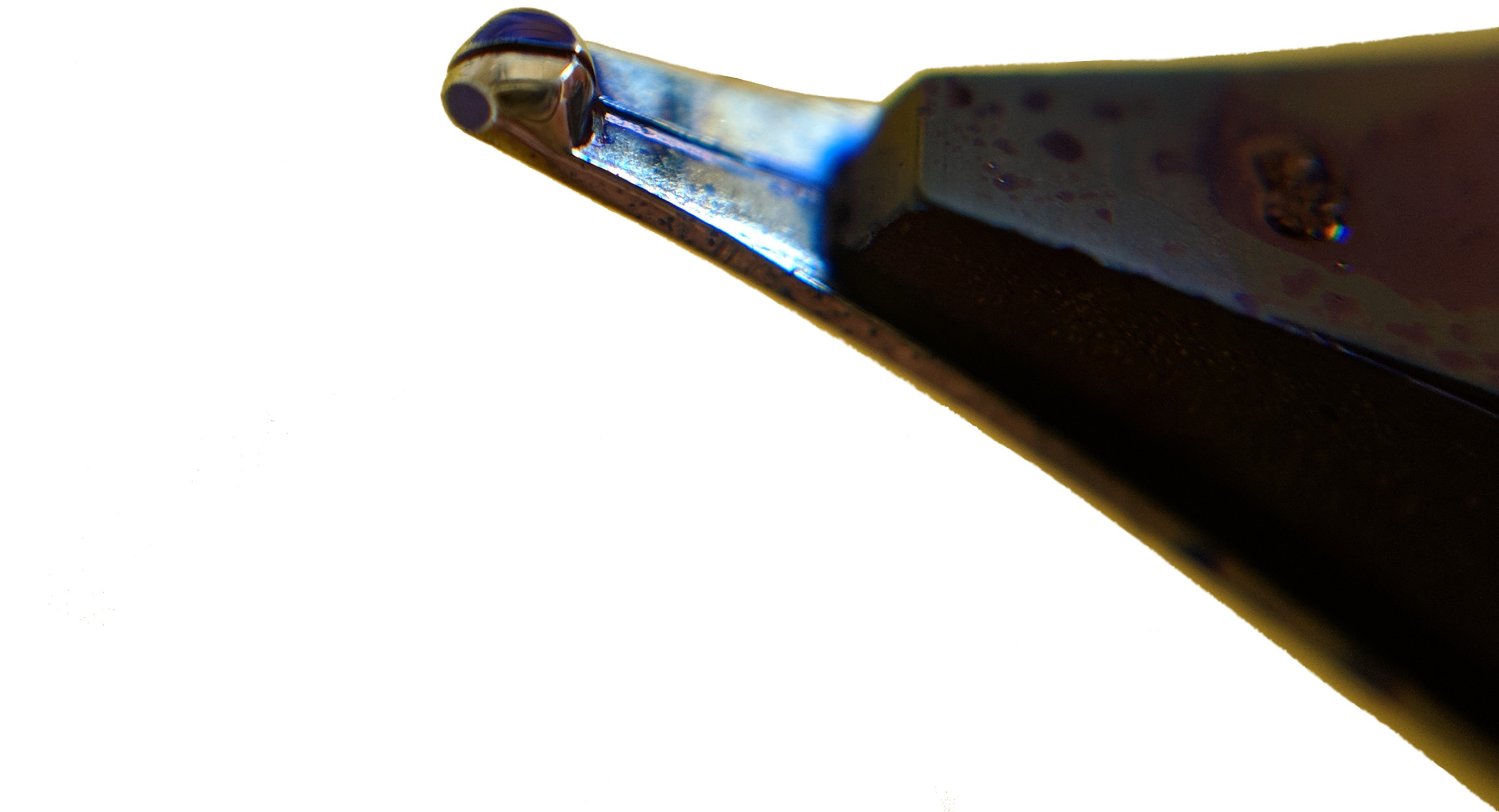
Pen! What is it good for? A good pen to keep at home (given the risk of leaks, at least in our review sample), and to play around with new inks — the broad nib and zoom effect really shows off the best of a colour.
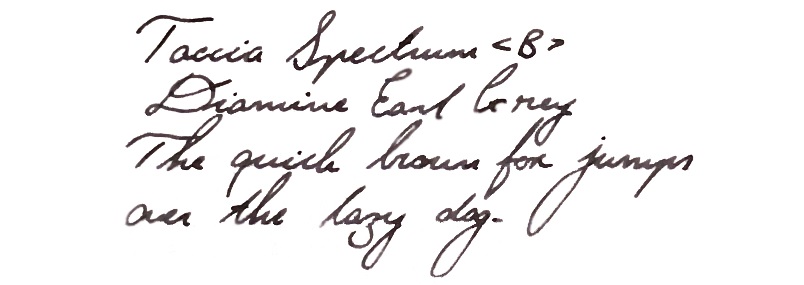
VFM At $127+ from its US dealer Pen Chalet, or £115 from EU-based Iguanasell, the Taccia Spectrum is not a cheap pen. Despite the lovely (steel) nib, our reviewers weren’t completely convinced that the Spectrum stacked up against rivals like the Platinum #3776, which is a pretty even match, except with a gold nib and no leaks. But the lovely packaging is not to be sniffed at — the Spectrum would make an impressive gift.
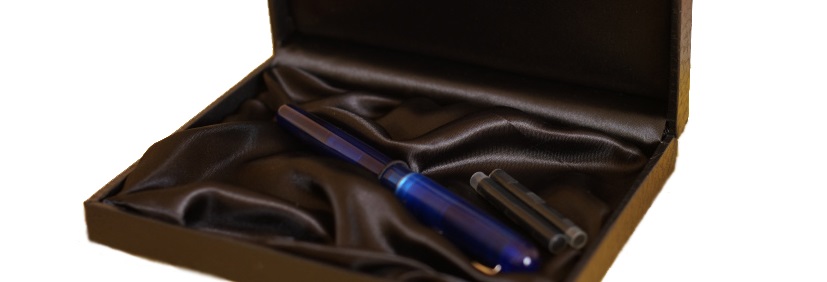
If this isn’t quite your cup of tea, but almost… As we noted above, the Platinum #3776 is a good alternative. But if you want a steel-nibbed, interesting demonstrator at around $125, you could also try stretching to a Franklin-Christoph, or take a look at the Opus 88 Koloro, previously reviewed here.
Our overall recommendation Divisive design, great and interesting nib, unfortunate filling mechanism — the Spectrum is a real head-scratcher. On balance, two of our three reviewers decided they wouldn’t choose to purchase one with their own funds. Probably the best reason to buy a Spectrum is if you really like the colours (the Teal version is very pretty, for starter’s), and want a Sailor nib (the Spectrum even comes in a Music nib variant) but can’t stretch to a Pro Gear.
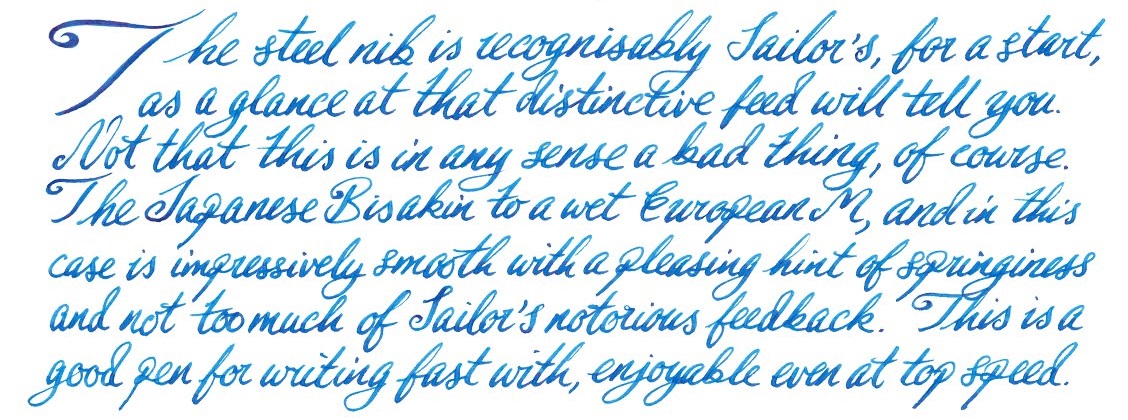
Where to get hold of one Right now, US-based Pen Chalet is a good bet.

This meta-review references:
Thanks to Pen Chalet for lending us the pen to test.



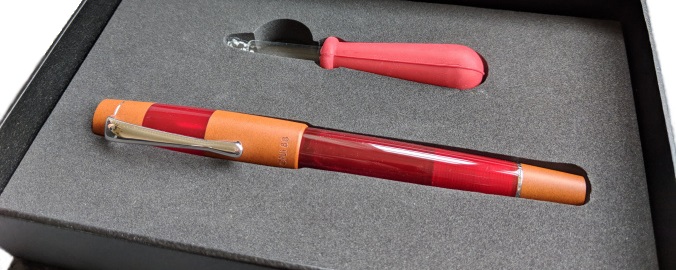
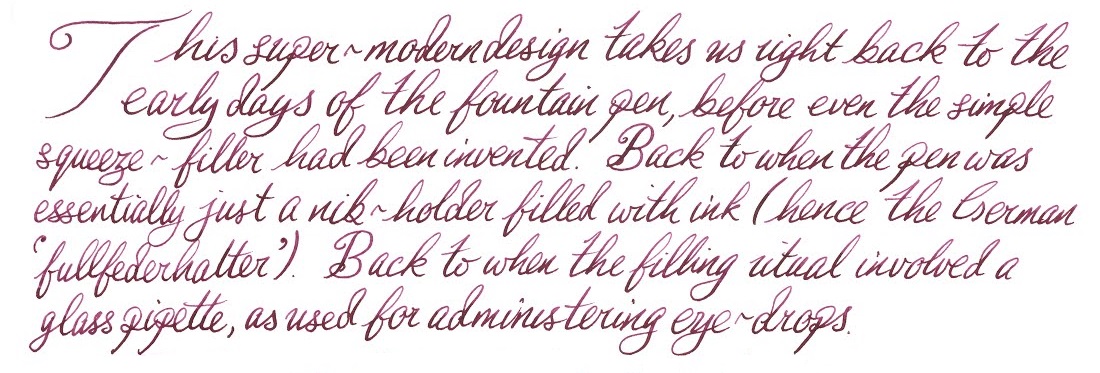

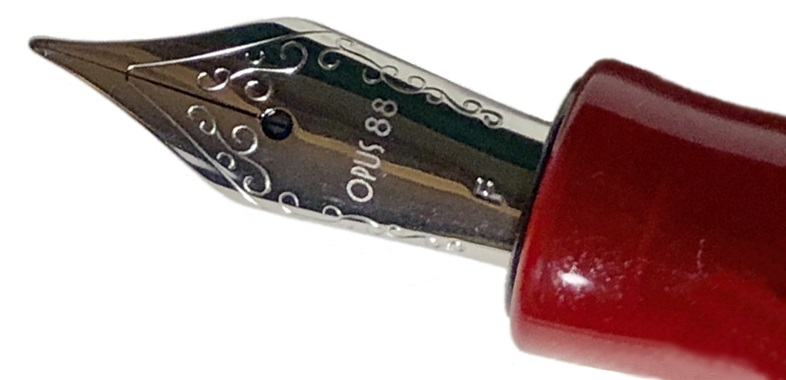



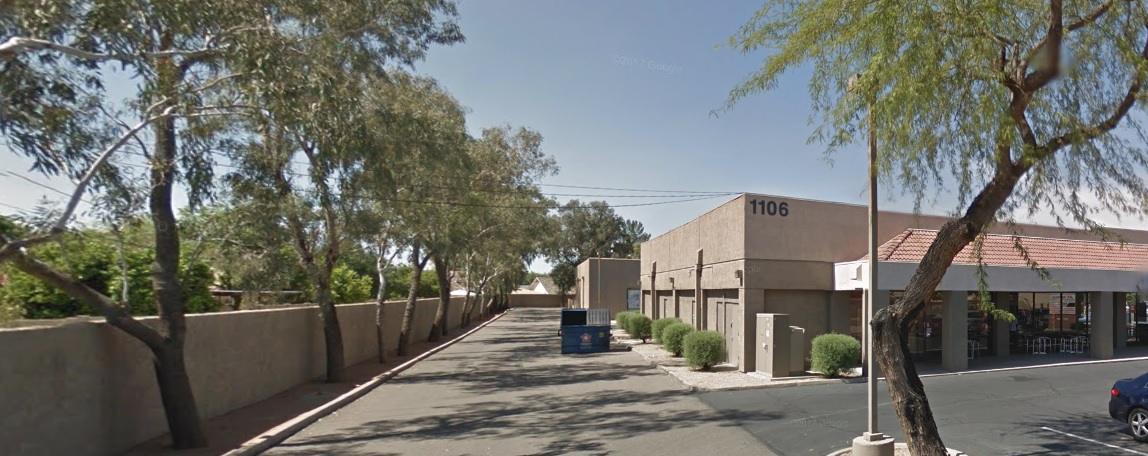

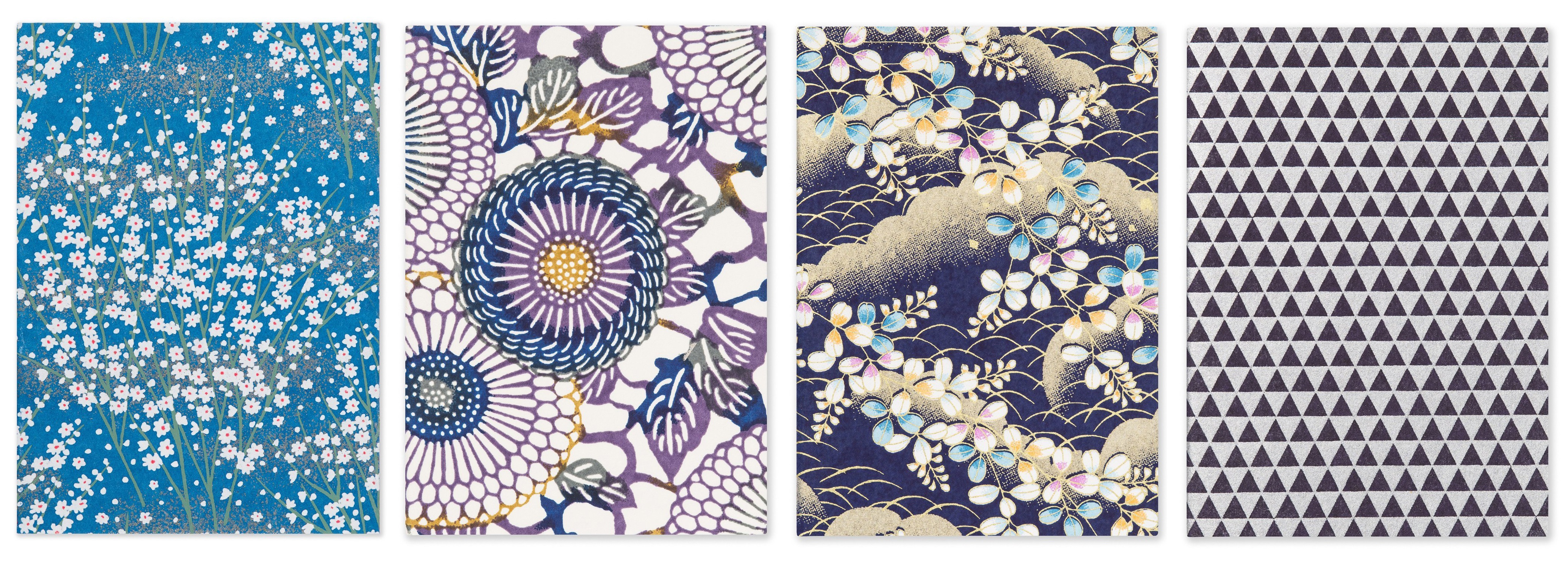

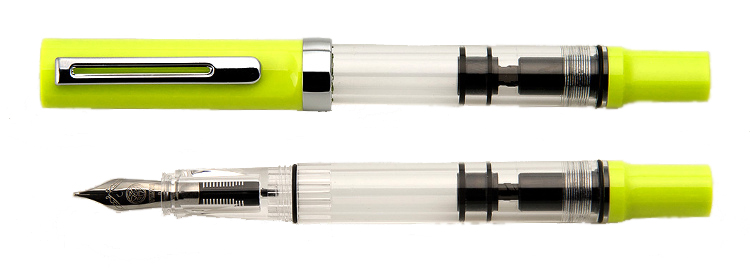
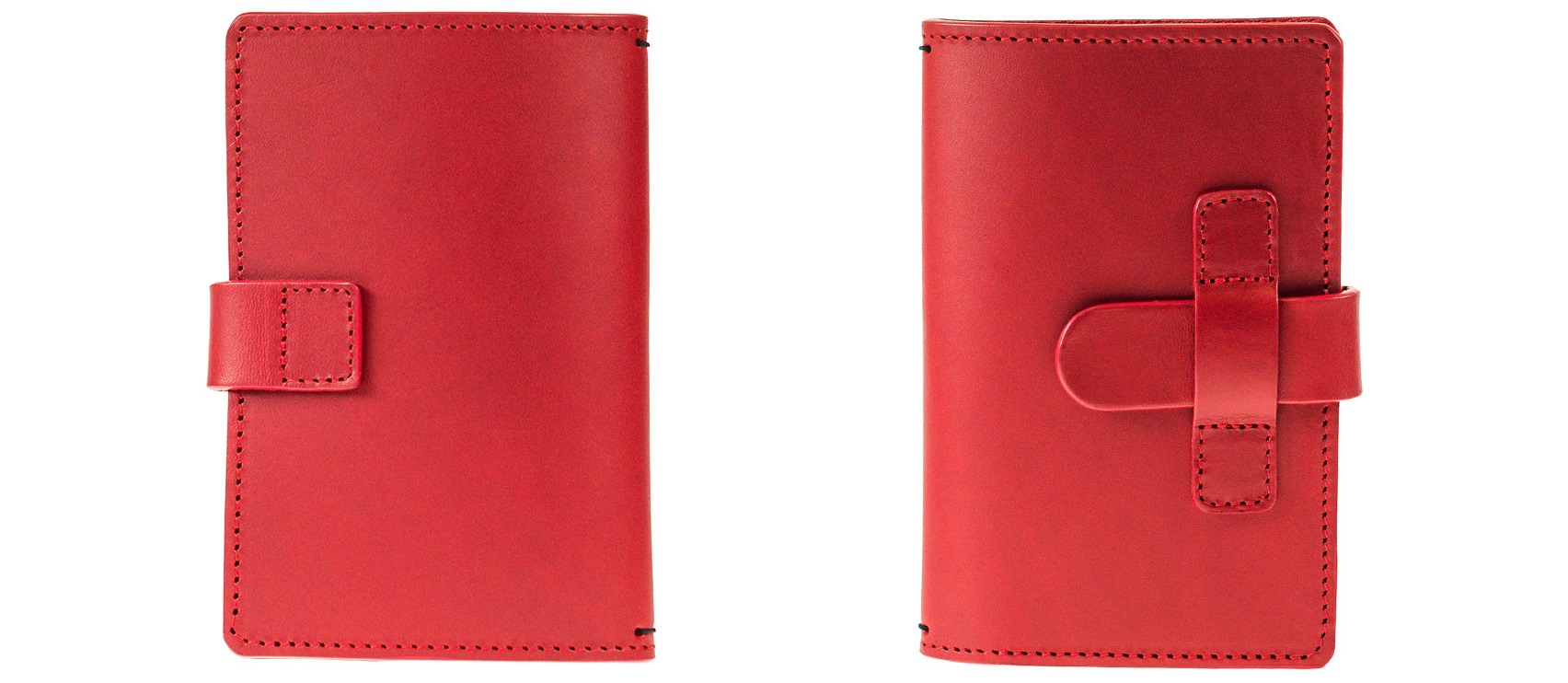
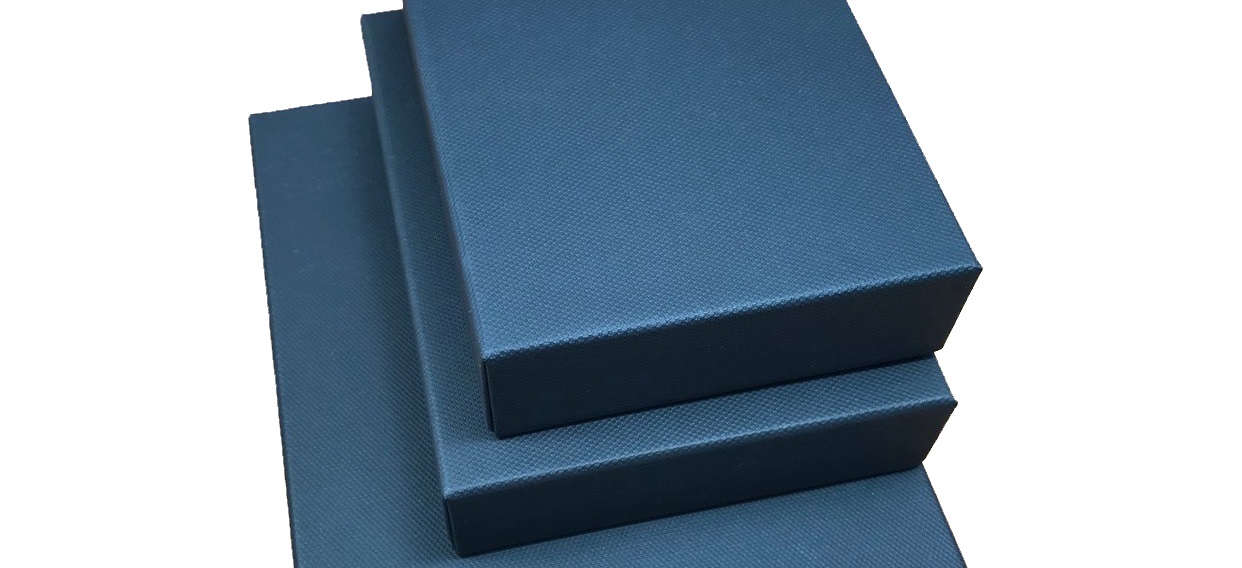
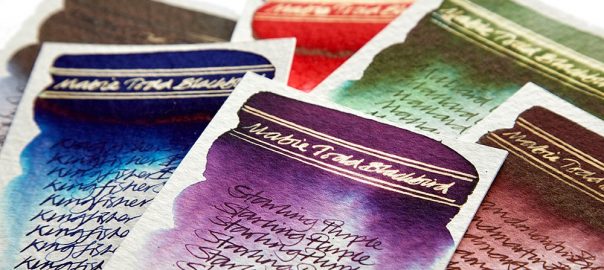
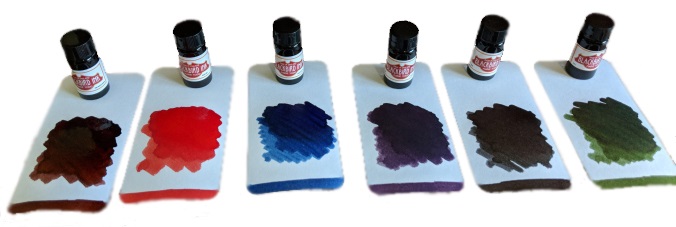

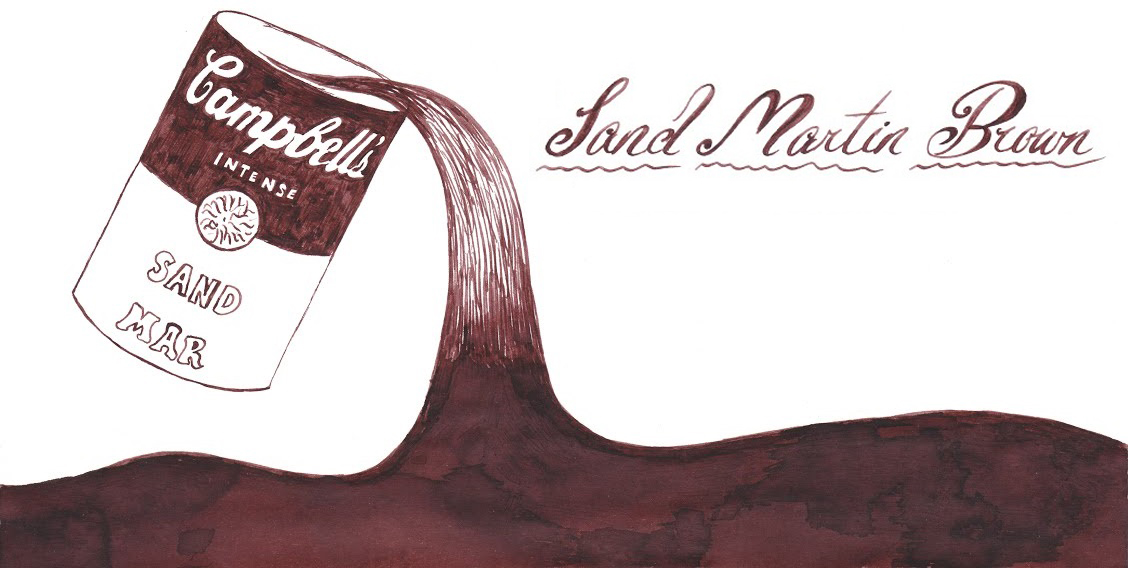

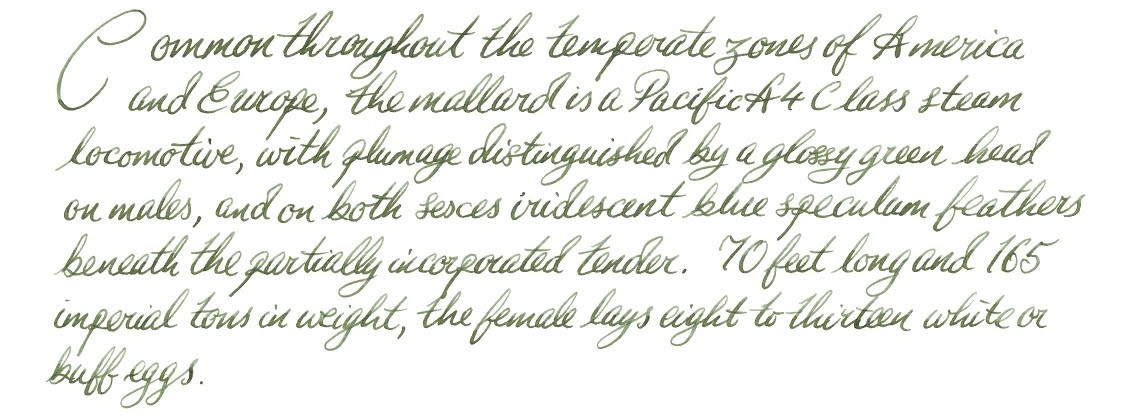

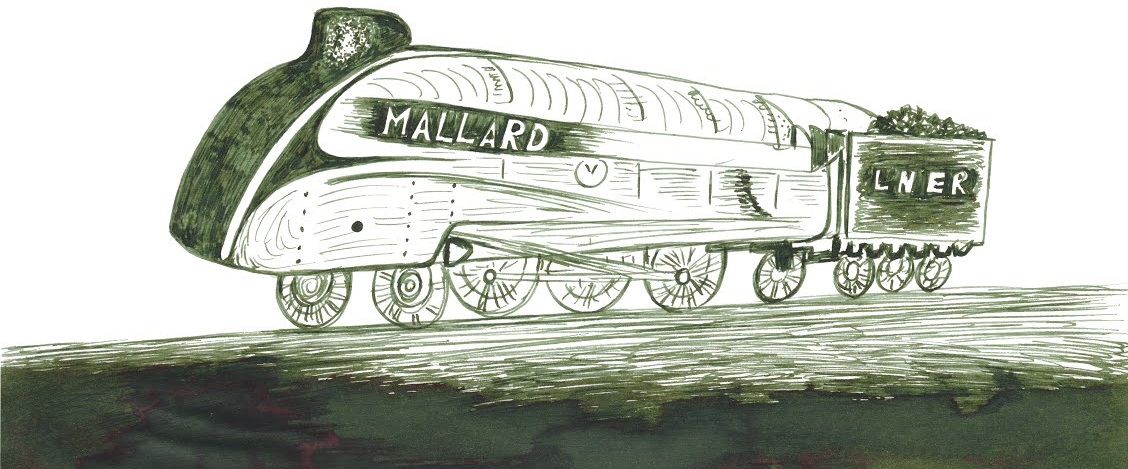

 This meta-review references:
This meta-review references: